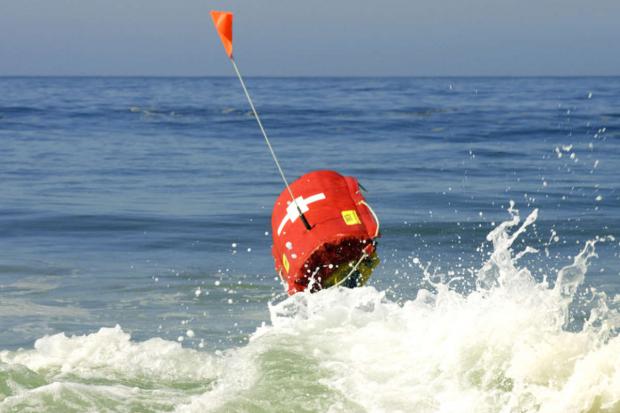
Breaking News
 Calling Dr. Grok. Can AI Do Better than Your Primary Physician?
Calling Dr. Grok. Can AI Do Better than Your Primary Physician?
 Episode 485 - The Dark Legacy of Dick Cheney
Episode 485 - The Dark Legacy of Dick Cheney
 Frugal Friday: 17 Ways to "Use It Up"
Frugal Friday: 17 Ways to "Use It Up"
 Cristiano Ronaldo Praises Donald Trump as a Leader Capable of Changing the World...
Cristiano Ronaldo Praises Donald Trump as a Leader Capable of Changing the World...
Top Tech News
 HUGE 32kWh LiFePO4 DIY Battery w/ 628Ah Cells! 90 Minute Build
HUGE 32kWh LiFePO4 DIY Battery w/ 628Ah Cells! 90 Minute Build
 What Has Bitcoin Become 17 Years After Satoshi Nakamoto Published The Whitepaper?
What Has Bitcoin Become 17 Years After Satoshi Nakamoto Published The Whitepaper?
 Japan just injected artificial blood into a human. No blood type needed. No refrigeration.
Japan just injected artificial blood into a human. No blood type needed. No refrigeration.
 The 6 Best LLM Tools To Run Models Locally
The 6 Best LLM Tools To Run Models Locally
 Testing My First Sodium-Ion Solar Battery
Testing My First Sodium-Ion Solar Battery
 A man once paralyzed from the waist down now stands on his own, not with machines or wires,...
A man once paralyzed from the waist down now stands on his own, not with machines or wires,...
 Review: Thumb-sized thermal camera turns your phone into a smart tool
Review: Thumb-sized thermal camera turns your phone into a smart tool
 Army To Bring Nuclear Microreactors To Its Bases By 2028
Army To Bring Nuclear Microreactors To Its Bases By 2028
 Nissan Says It's On Track For Solid-State Batteries That Double EV Range By 2028
Nissan Says It's On Track For Solid-State Batteries That Double EV Range By 2028
Greek Coast Guard Will Rescue Refugees With Robot

Pushed into water, the robot looks like nothing so much as a giant carrot, puttering about a vast ocean. Named "EMILY", the machine is a tethered and remotely piloted life preserver, designed and built by Hydronalix. The name awkwardly stands for "EMergency Integrated Lifesaving lanYard", and we praised an early version of the product in 2010 as the Best Of What's New. Now, to help save refugees on capsizing boats in the Aegean and Mediterranean, Greece's Coast Guard is testing the robot rescuers.
The robots made their way to Greece through the Center for Robot-Assisted Search and Rescue at Texas A&M University and the work of Roboticists Without Borders. As Wired reports:
In fact, NGOs on the island [of Lesvos, in Greece] had already been thinking about using UAVs to aid rescue efforts, says Robin Murphy, the Texas A&M roboticist running the project. "In the meantime we were saying, 'You're talking about people drowning,'" Murphy says. "There's this new technology, EMILY, these robots that are life preservers."

 Carbon based computers that run on iron
Carbon based computers that run on iron

